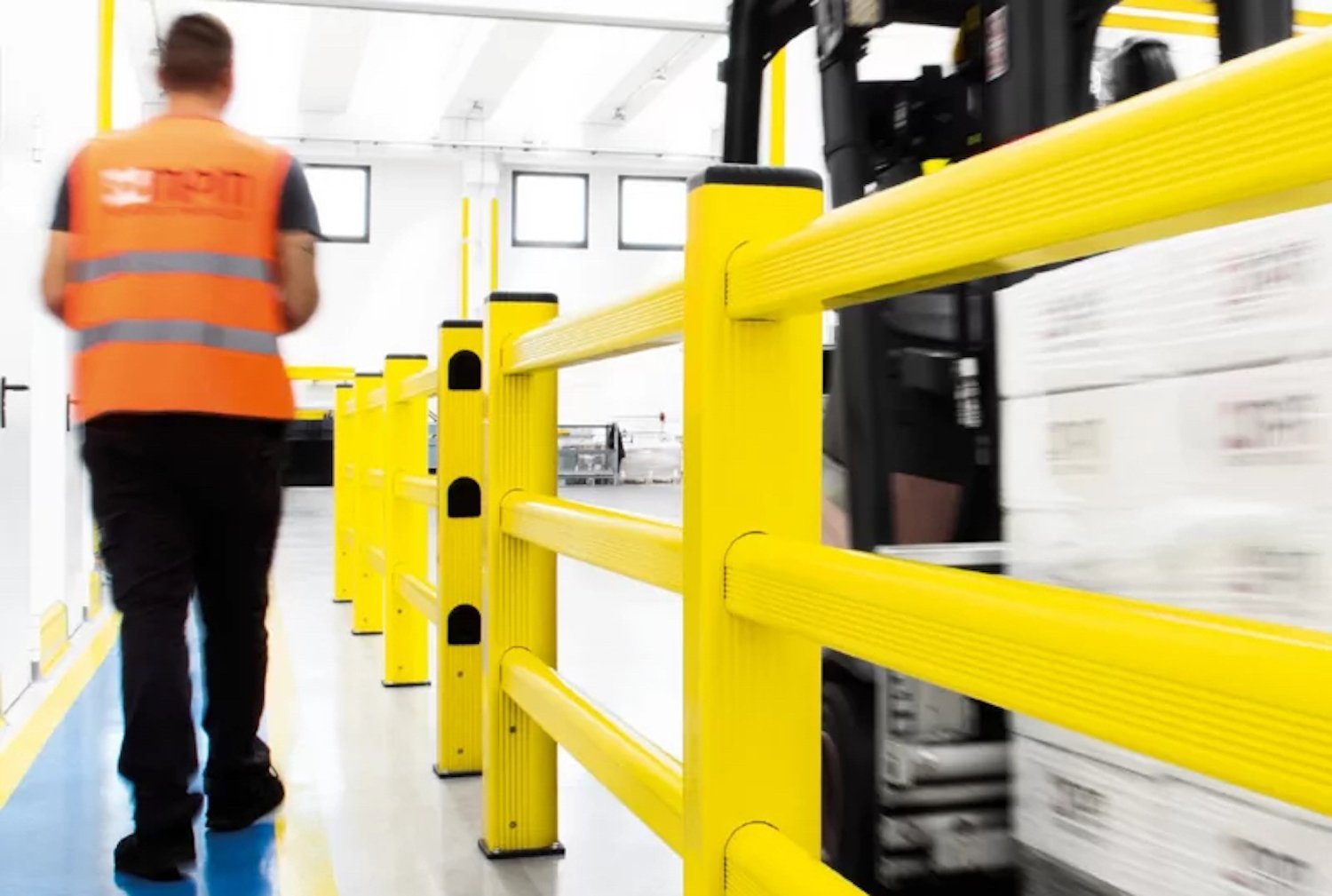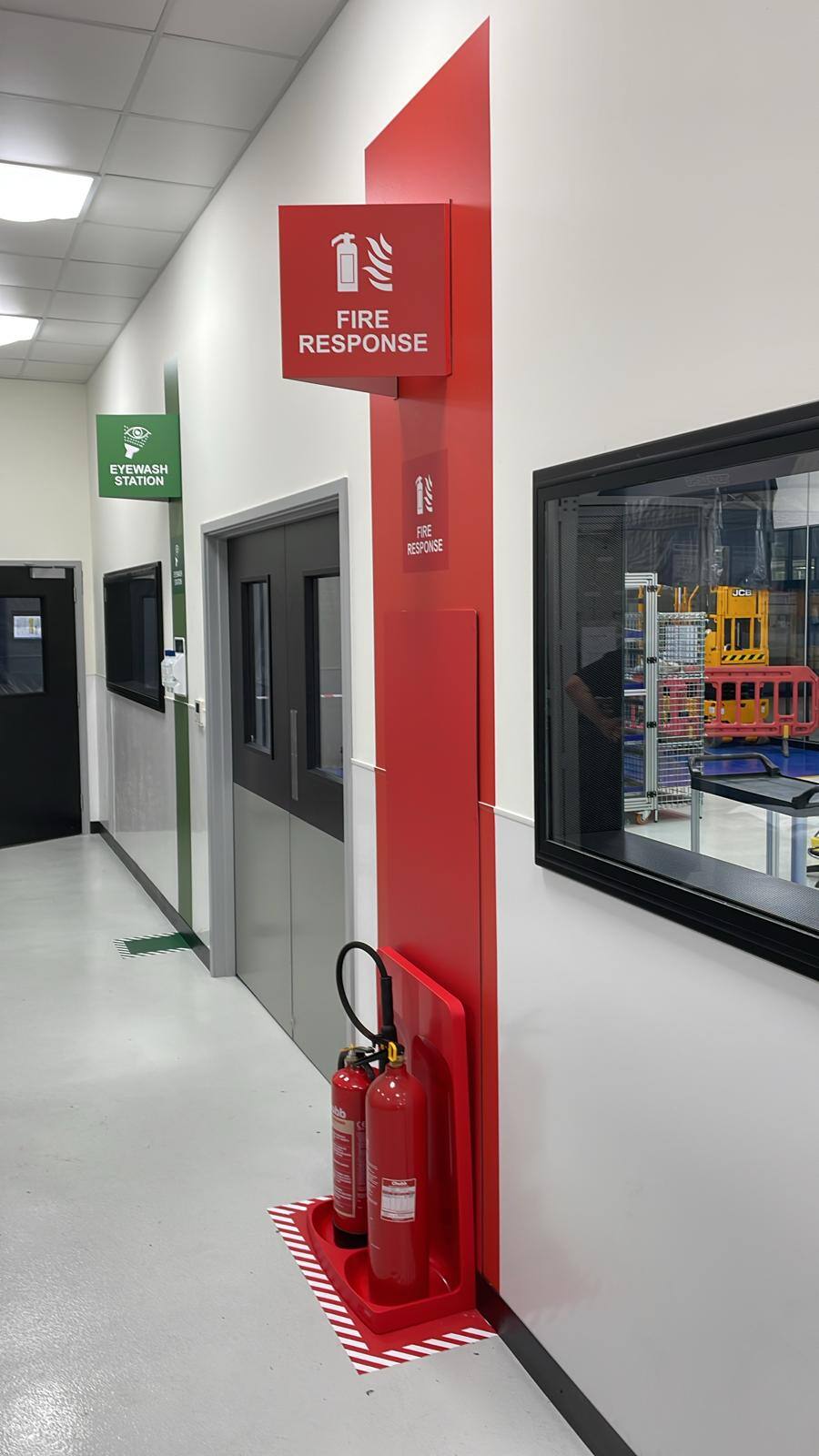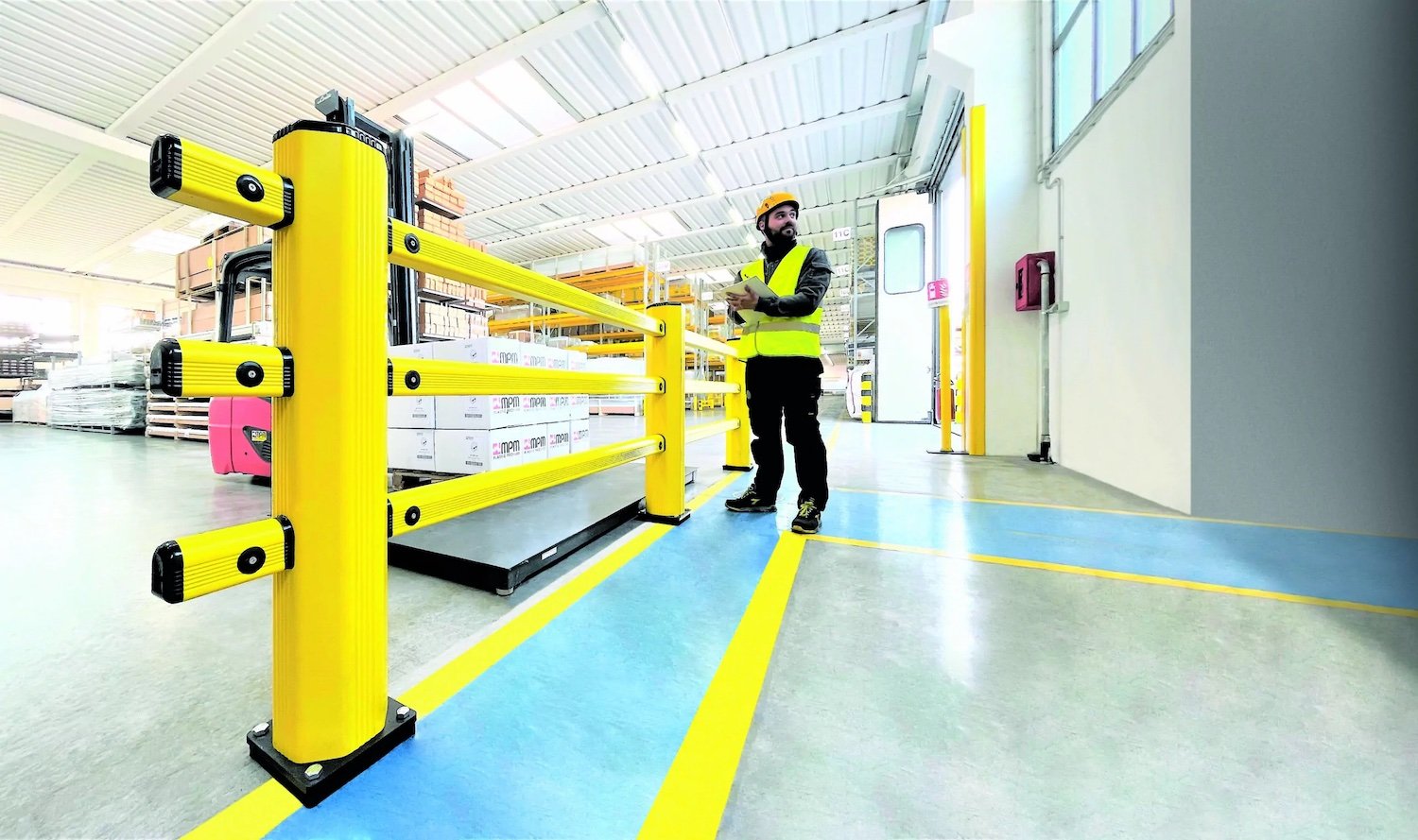Safety barriers are often seen as a “big site” solution; the kind of thing you invest in when you’ve got 20+ forklifts, thousands of pallet movements a day, and a full-time health & safety team.
But if you run a smaller site, perhaps with just one or two forklifts or a handful of loading bays, the question becomes more nuanced:
"Are safety barriers actually worth the investment?"
At Clarity, we’ve worked with sites of all sizes. And the short answer is: yes.
But only if you choose the right type of barrier for your environment...
Let’s break down the key reasons why small sites often benefit from safety barriers and what to consider before making the leap.
Topics covered in this article:
- What Do Safety Barriers Actually Do?
- The Common Objection: “It Feels Like Overkill”
- What Kind of Barriers Are Best for Small Sites?
- Consider This Before You Invest

What Do Safety Barriers Actually Do?
Safety barriers aren’t just about stopping forklifts. Their true value is in:
-
Physically separating pedestrians from vehicles
-
Reinforcing one-way traffic and restricted zones
-
Reducing collision damage to buildings and infrastructure
-
Creating visual cues that guide behaviour (especially for visitors or new staff)
In smaller sites, where people and vehicles often share tight, multi-use spaces, this separation is even more critical.
The Common Objection: “It Feels Like Overkill”
We hear this a lot:
“We only have one forklift, and our team knows the layout. Do we really need barriers?”
It’s a fair question, but here’s the reality:
-
Accidents rarely happen because of bad intent. They happen due to momentary lapses in awareness.
-
A small team doesn’t guarantee safety. In fact, it can sometimes lead to complacency.
-
One vehicle is all it takes to cause a serious injury, or costly damage.
And with today’s modular polymer barrier systems, you don’t need to go all-in. Many of our smaller clients start with a few key zones: a barrier around a loading dock, a segregation rail between a walkway and aisle, or a swing gate at a high-risk entry point.

These targeted improvements often cost much less than a single incident.
What Kind of Barriers Are Best for Small Sites?
Not all barriers are suited for smaller spaces. At Clarity, we recommend:
-
Flexible polymer barriers for impact absorption and minimal maintenance
-
Low-level rails for walkways - high visibility, no overkill
-
Sliding or swing gates for access control
Our modular systems can scale with your business, so you’re not locked into a huge upfront layout.

 By
By







